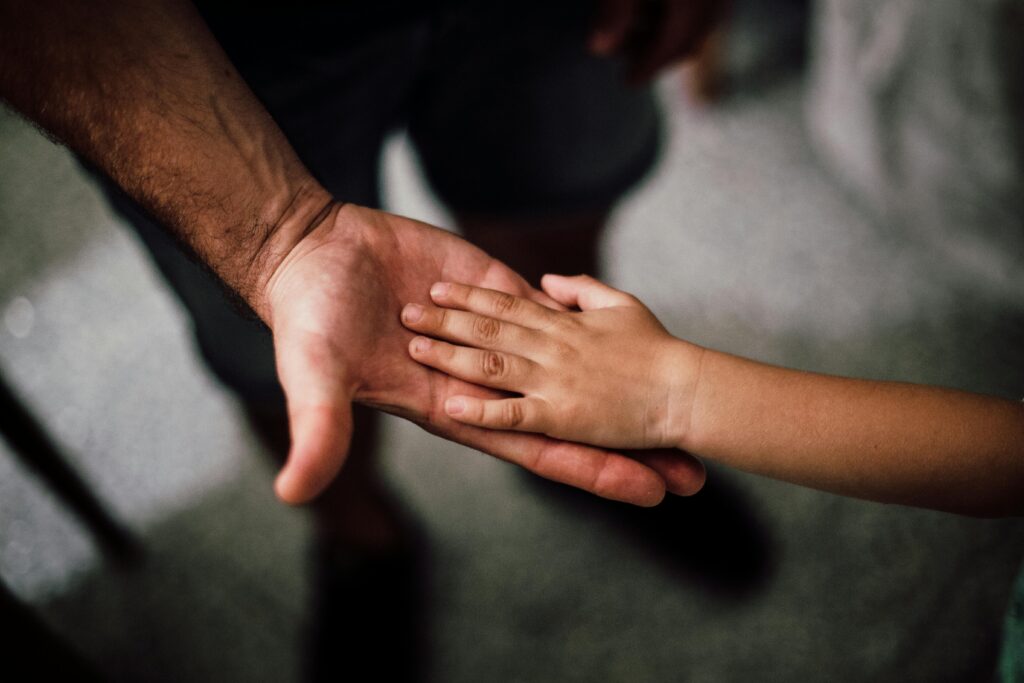PART 1. By: Esperanza Chacón & Edgar Espinosa
Contemporary societies are governed by the patriarchal paradigm, which uses REWARD AND PUNISHMENT as a tool to educate and, at the same time, to control and establish power. At the religious, ancestral, political and ideological levels, human conduct -behavior- has been conditioned, and freedom -autonomy- has been dosed, with the purpose of obtaining obedience.
If we observe, we will see that ‘reward and punishment’ are still a formula in educational practice with which we condition ourselves to obtain results. Let us take into account that when we do not agree with or do not follow the established rules, it is considered rebellion, and this should never happen in the current educational system. It is sufficient justification to repress or coerce, sometimes violently and sometimes subtly. In this context, schemes are maintained that translate into the phrase “we do it for your own good”, “the letter with blood enters”, “you have to be obedient” or “your duty is…”.
It would seem unthinkable to live life within the parameters of a paradigm that respects the human being and his environment, since it is believed that by leaving him free, he cannot make decisions on his own, especially in the early infantile stages when it is considered inappropriate to let him exercise his autonomy. So, we think that a free educational approach may not work, at least not in the long term, and may not work for most families.
Sometimes it is difficult to dare to discover and maintain other types of more human relationships.
Western religions have had an atrocious impact, not only on people’s behavior – a psychological aspect – but also on their lives. This is reflected, for example, in the biblical teachings, when considering the disobedience of the first man that led to the expulsion from paradise. A paradigm based on blame has been established. We have been conditioned from fear, threat and comparison. Thus, judgment (keyword) is what determines what is good or bad and, of course, who defines it is an authority or leader. Social interactions are permeated with value judgments. For example: if you behave well, you get a prize, metaphorically heaven; otherwise, if you misbehave, you are punished – you will go to hell.
We grew up in this traditional educational system, receiving rewards for successes and punishments for mistakes. Note that being right – certainty – is a basic parameter of the current conventional educational paradigm. The error is condemned in such a way that we use any strategy to avoid it and receive the approval of the adults of reference. It is clear that by depending on someone else to determine us, that is, to judge or evaluate us, we submit to their authority.
Dependence prevents, on the one hand, that our look is authentic, that is, that it takes into account what we feel and think and, on the other hand, that we learn by ourselves, that we have our own reasoning about each act we perform. In addition, that we can express our emotions as they arise from our own heart.
Let us rejoice that with our actions we are cultivating the culture of love and respect wherever we are!
In recent decades, other approaches to the education of our sons and daughters have emerged based on unconditional love – mutual respect – that is, freedom with responsibility and functional limits to protect the integrity of the individual.
I emphasize that in the early twentieth century, the work of Dr. Maria Montessori was a revelation, showing that the child is an enigma and that in the early stages of infancy the unfolding of life is amazing, because it possesses an absorbing mind, which is now attributed to brain plasticity. Montessori maintained a scathing critique of the educational system at the time and still represents a revolutionary paradigm today. She believed that one should not educate with rewards and punishments.
Consequently, we contrast the fact of assuming the consequences of actions as a fundamental part of self-directed learning, because it leads to self-criticism, self-reflection, responsibility and cooperation. In addition, we emphasize the importance of prepared and relaxed environments so that each being can have their own experiences and with them activate their internal development plan for their personal self-realization.
Therefore, informing ourselves about other socio-educational contexts to appreciate valuable aspects of the nature of the human being and how the environment affects individual and social interaction is essential. Well, this is something vital and one of the greatest challenges – learning to live together in freedom – which implies agreeing on how we want to live.
In our view and experience, limits and rules are not disciplinary measures. For us the parameters are
clearly defined, avoid risks, preserve our physical and psychological integrity with clear, concise references, contribute to their being functional, because they give us confidence, we feel safe and we assume a shared responsibility.
It is significant to highlight that any lifestyle we choose requires parameters that reflect the quality of social relationships we want. Therefore, we adults become the main referents in the coexistence with our children and young people, who assume the values and beliefs that we offer them in the different social environments.
For the above reasons, adults are the ones who have the responsibility to know about the developmental and survival needs of the stages through which human beings go through. This is vital for the care and protection of our offspring and the other participants in a family or community.
Remember that a limit is a protection to integrity, for example, in the case that a child wants to attack another child or an adult, we do not agree to motivate the attacked to respond in his defense with another blow, because what happens is that violence is validated and increases. And how do we accompany in these circumstances? Here are two references to a limit: no physical or verbal aggression or mockery is allowed. In this case, the adult responsible for the care prevents it, because he/she is the one who watches over the safety and integrity; if necessary, by physically restraining the aggressor. The other reference is that the adult does not judge, does not take sides, since both parties need to be attended to, the adult remains attentive, but neutral, trying to understand the situation and context, of course he/she does not attack any of the parties involved either, -he/she educates with
the example – This story shows that boundaries and rules apply to all members of a family or community.
Our proposal to accompany the limits and rules is to maintain mutually respectful relationships. This is achieved through a conscious accompaniment, quality care and warmth. This process takes place when the companion is at the level of those involved and listens to them. It does not exercise authoritarianism. Instead, an additional ingredient is incorporated: non-directiveness, which facilitates empathetic relationships to listen to the circumstances of people in conflict, allowing them to express their opinions and, if feasible, to vent their tensions through the natural venting mechanism, deep crying.
Furthermore, according to the above, it is perceived that there are two complementary elements in coexistence: self-respect and mutual respect. We emphasize the importance of talking about what happens to each member, knowing their needs, dreams and goals, as well as understanding the resources and circumstances that contribute to the understanding of each one.
When there is a clear picture, the dialogue flows and the frames of reference are created together, as they become obvious. It is remarkable that when there is an active participation of everyone, we feel we belong to the social space, when we are taken into account, we feel part of it, and of course claims or discussions are avoided. Consequently, inclusion prevents unnecessary tensions that could lead to conflict.
The primary purpose of boundaries and rules is to agree on a way for the family or learning community to maintain harmony, and this happens when we communicate.
HEART TOGETHER

